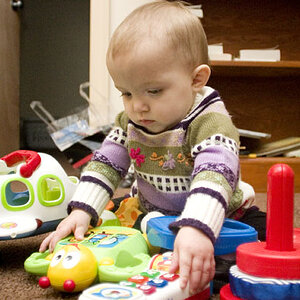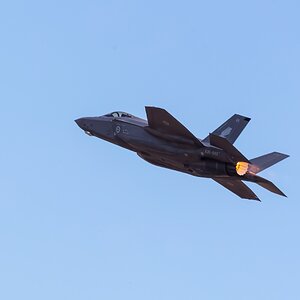SerenePhotography
TPF Noob!
- Joined
- Apr 19, 2009
- Messages
- 10
- Reaction score
- 0
- Location
- Oshawa, ON, Canada
- Can others edit my Photos
- Photos OK to edit
Hey there! I am new to this forum. I LOVE photography and I am in the midst of starting a part time business doing mostly equine shots. I have a Canon Power Shot S5 IS which is the only camera I have ever owned. I have never taken any courses or been taught anything other than the basics. I want to make some money and learn everything I can and eventually purchase a much better, more advanced camera. Until then though... I have no idea what settings to use for different lighting ect, I have never managed the aperature level on my camera, I don't even know what it is or what to set it at and when. I have my first test photo shoot coming up and I am photographing a horse show in 2 weeks! I really need some info, tips all that you have for me so I can get some good shots and know more of what I am doing then. I have signed up for some courses at the end of May as well. Thanks! 


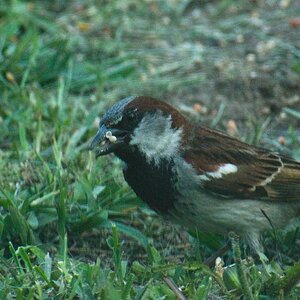

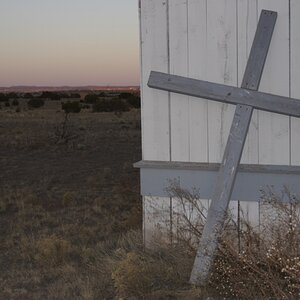
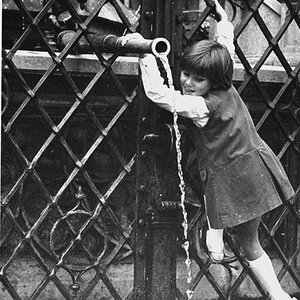
![[No title]](/data/xfmg/thumbnail/42/42017-05f80a89ca2890969b5dc7cc47872581.jpg?1619739979)
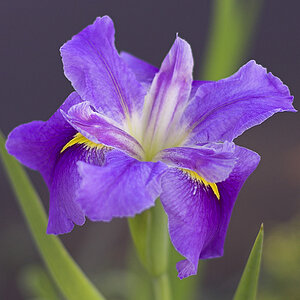
![[No title]](/data/xfmg/thumbnail/41/41423-156eb6e5a056cd1cbcf60e12a03f9d56.jpg?1619739809)
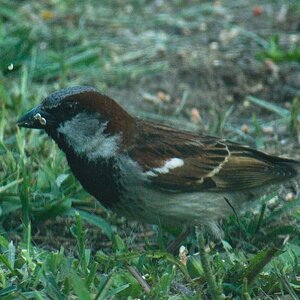
![[No title]](/data/xfmg/thumbnail/37/37490-9848752f4de5e403f7f20db193e0fb64.jpg?1619738111)
![[No title]](/data/xfmg/thumbnail/42/42025-fa343f816d0cedc45447aa0b300e301e.jpg?1619739982)
